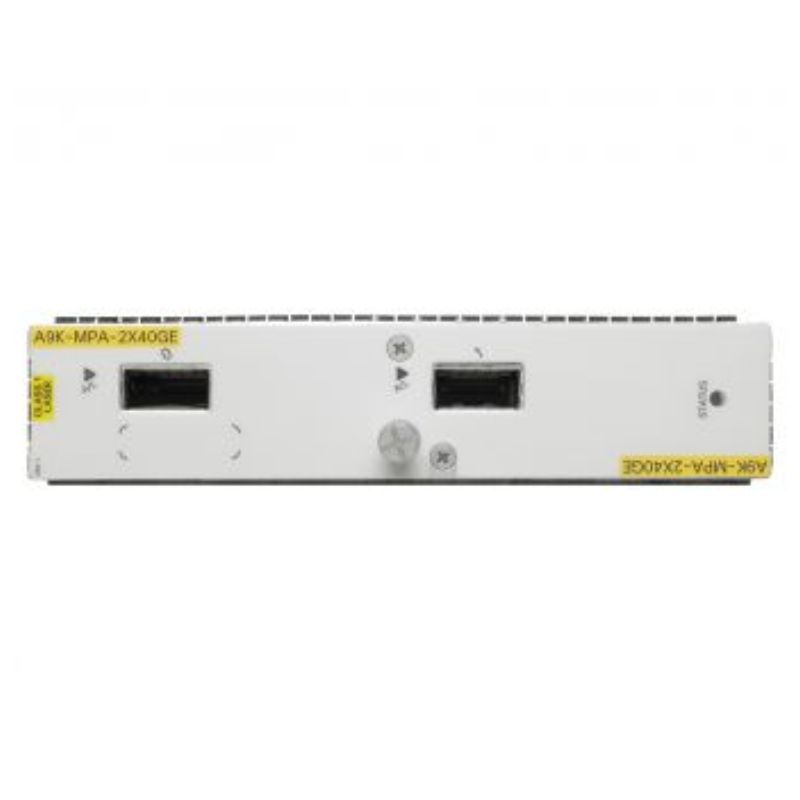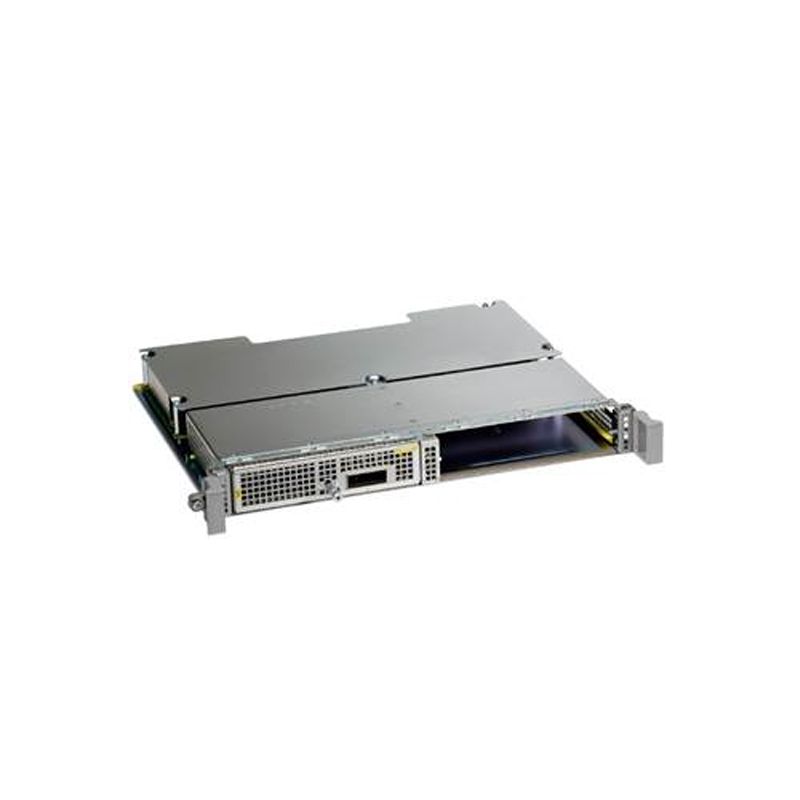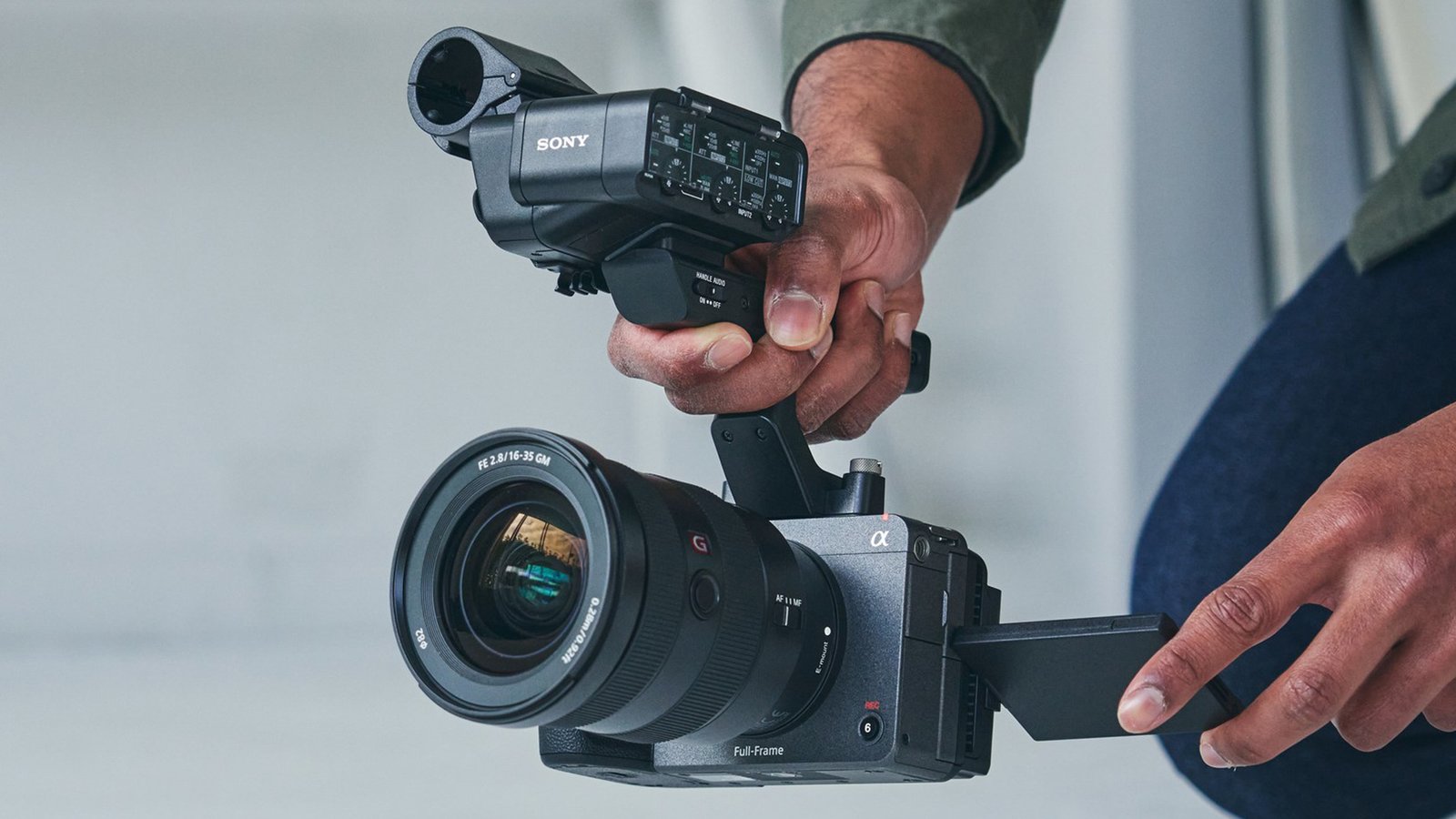Introduction
In the world of custom PC builds, servers, and specialized workstations, there are several key components that help optimize performance, space, and functionality. Risers, PCIe cards, and brackets are essential elements in this mix. Whether you’re designing a high-performance gaming rig, a mining setup, or a server, understanding these components can help you make informed decisions about your system’s design and capabilities. In this article, we’ll explore what risers, PCIe cards, and brackets are, their uses, and how they contribute to the performance and flexibility of modern computer systems.
Risers: Expanding Your PCIe Slots
What is a Riser?
A riser is an extension or redirection of a PCIe slot that allows you to position your PCIe cards differently inside a case. Risers are used to add flexibility to a build, enabling you to mount cards in ways that are not possible with a traditional motherboard configuration. These components are especially useful in compact or specialized builds, where space constraints and the need for multiple PCIe devices are common.
Types of Risers
Straight Risers: These risers maintain the same orientation as the motherboard’s PCIe slots, allowing the PCIe card to sit in a straight line. They are used when you need to extend the slot horizontally or vertically.
Right-Angle Risers: As the name suggests, right-angle risers position the PCIe slot at a 90-degree angle from the motherboard. This is particularly useful when working with small or compact cases, as it helps optimize space.
Flexible Risers: Flexible risers allow you to position PCIe cards in various orientations, providing the most versatility for custom setups. They are commonly used in mining rigs where multiple GPUs are needed, or in cases with unusual layouts.
Use Cases of Risers:
- Cryptocurrency Mining Rigs: Risers are a key component in multi-GPU setups. They allow miners to connect several GPUs in a single chassis, saving space while maximizing computing power.
- Compact Server Builds: For servers with limited room, risers help position PCIe cards (like network cards, storage controllers, etc.) more effectively.
- Gaming PCs: Risers can help position graphics cards (GPUs) at angles that fit better in custom or unconventional case designs.
PCIe Cards: Expanding Your System’s Functionality
What is a PCIe Card?
A PCIe card (Peripheral Component Interconnect Express) is a hardware component that expands the functionality of a computer system by adding new capabilities via the motherboard’s PCIe slots. PCIe cards can provide a wide range of features, from improved graphics and networking to additional storage options and more.

Types of PCIe Cards
Graphics Cards (GPUs):
- The most common PCIe card, graphics cards are used for rendering graphics in gaming, design, video editing, and machine learning applications.
- GPUs are available in various models, with high-end cards offering powerful processing capabilities for tasks like AI and rendering.
Storage Cards:
- RAID cards allow you to configure multiple hard drives or SSDs into a single storage volume, improving performance and data redundancy.
- M.2 NVMe adapters allow you to connect faster NVMe-based SSDs to a system that may not have built-in M.2 slots.
Network Cards:
- Ethernet cards can upgrade the network capabilities of a computer, offering faster speeds or support for multiple network interfaces.
- Wi-Fi cards provide wireless connectivity, and higher-end models may support Wi-Fi 6 for improved performance.
USB Expansion Cards:
These cards are used to add additional USB ports to a system, supporting newer standards like USB 3.0, 3.1, and even USB-C.
Sound Cards:
While most motherboards come with built-in audio, dedicated sound cards can offer superior audio quality for professional audio production or high-fidelity
Capture Cards:
Used for video capture in streaming, production, or surveillance. These cards allow you to input high-definition video signals into your system.
PCIe Slot Versions
- PCIe 3.0: The most common PCIe standard used in current systems, offering a bandwidth of up to 8 GT/s.
- PCIe 4.0: A faster standard that doubles PCIe 3.0’s data rate, providing a maximum bandwidth of 16 GT/s, ideal for high-performance applications like gaming or video editing.
- PCIe 5.0: The latest version, offering even greater bandwidth, suitable for the next generation of GPUs, storage devices, and more.
Brackets: Securing and Aligning PCIe Cards
What is a Bracket?
A bracket is a metal frame that helps secure a PCIe card to the chassis of your computer. It is mounted to the back of the case and provides support for the card, ensuring that it stays in place and maintains a solid connection to the motherboard. Brackets come in different sizes depending on the type of PCIe card and the form factor of the case.
Types of Brackets
Full-Height Brackets:
These are the standard brackets for regular-sized PCIe cards, extending the full height of the card. They are used in larger, full-sized cases.
Low-Profile Brackets:
These brackets are shorter and designed for smaller form-factor cases (like HTPCs). They allow for the installation of low-profile PCIe cards, which are compact versions of regular cards.
Universal Brackets:
These adjustable brackets can fit both low-profile and full-height PCIe cards, making them versatile for different builds.
Use Cases of Brackets:
- Securing Cards: Brackets hold PCIe cards securely in place, ensuring they are properly aligned with the motherboard and preventing movement that could cause connectivity issues.
- Compact Builds: Low-profile brackets help optimize space in smaller cases while still providing support for PCIe cards.
- Custom Builds: In custom PC or server builds, brackets allow you to mount PCIe cards properly and prevent undue stress on the motherboard connectors.
Conclusion
Risers, PCIe cards, and brackets are crucial components for building and upgrading high-performance computer systems. Risers offer flexibility in PCIe card positioning, PCIe cards provide additional functionalities, and brackets ensure that the cards are securely mounted and properly aligned. Whether you’re building a powerful gaming PC, a compact server, or a cryptocurrency mining rig, these components play a vital role in achieving optimal performance and efficiency.

























